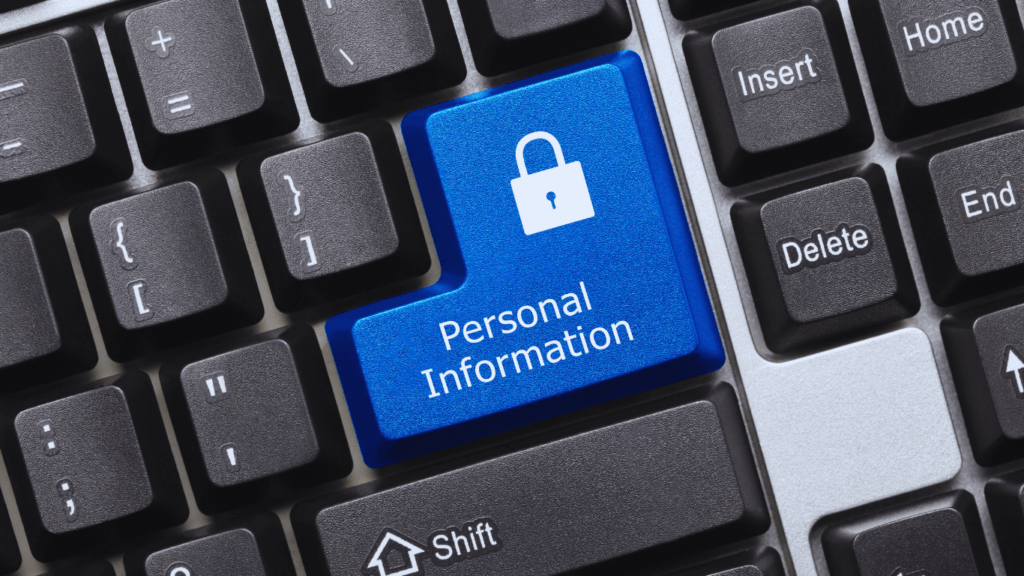The internet’s made life so much easier, but it’s also opened the door for scammers to create fake websites and trick unsuspecting users. It’s scary how convincing these sites can look, mimicking trusted brands to steal personal information or money. If you’re not careful, you could fall for one of these traps without even realizing it.
The Rise of Online Fraud
Online fraud has grown rapidly as internet use increases globally. Scammers exploit the anonymity, scalability, and accessibility of the digital space to target millions. Fraud cases shifted from traditional avenues, such as in-person scams, to sophisticated online methods, including fake websites designed to appear trustworthy.
According to the Federal Trade Commission (FTC), identity theft and fraud losses reached $8.8 billion in 2022, a sharp increase compared to previous years. This rise is driven by evolving:
- cybercrime techniques
- phishing emails
- counterfeit e-commerce sites
- bait-and-switch schemes
Fake websites often mimic legitimate brands. For instance, scammers replicate banking login pages or online stores with minor URL changes to trick users. Cybercriminals also leverage search engine ads and social media to direct visitors to fraudulent sites.
Rapid advancements in technology contribute to this escalation. Artificial intelligence (AI) tools enable the creation of convincing fake content, while cryptocurrencies complicate tracing stolen funds. As scammers adopt these tools, detecting fraud becomes more challenging for an average user.
Key Characteristics of Fake Websites
Recognizing the signs of fake websites can help protect personal information and prevent falling victim to scams. Scammers often use specific tactics that leave identifiable traces.
Suspicious URLs and Domain Names
Many fake websites use URLs that mimic legitimate domains. Scammers may add extra characters, such as “amzon.com” instead of “amazon.com,” or use uncommon domain extensions like “.xyz” or “.top.” Hovering over links before clicking can reveal these inconsistencies. Websites with excessively long or nonsensical URLs are also a common red flag.
Poor Website Design and Content
Fake websites often lack professional design and contain errors. Inconsistent fonts, low-quality images, or broken links signal poor credibility. Many fraudulent sites feature generic or plagiarized content riddled with spelling or grammatical mistakes. Genuine websites typically provide high-quality, aligned branding and descriptive text.
Lack of Secure Connections and SSL Certificates
Websites without a secure HTTPS connection can expose sensitive data. Insecure sites are marked as “Not Secure” in browser address bars. Fake websites may use HTTP or display expired SSL certificates. Checking for the padlock icon next to the URL confirms a secure connection and encrypts personal information.
Tools and Techniques to Identify Fake Websites

Reliable tools and practical techniques can help detect fraudulent websites and protect online activities. These methods focus on identifying red flags and verifying site authenticity.
Analyzing WHOIS Data
WHOIS data reveals details about a website’s domain registration. I check the domain registration date, owner’s information, and expiration date to assess credibility. Legitimate websites often have publicly available, consistent data, while fake websites may use privacy protection to hide registrant details. Tools like ICANN WHOIS or Whois Lookup make this process simple.
Using Online Security Extensions
Browser security extensions identify unsafe websites by analyzing harmful elements. Tools like HTTPS Everywhere ensure encrypted connections, while Web of Trust (WOT) flags suspicious pages based on user reports. I enable these extensions to add an extra layer of security during browsing sessions.
Checking Website Trustworthiness Through Reviews
User reviews provide insights into a site’s reputation. I use platforms like Trustpilot or SiteJabber to read honest feedback on shopping experiences, customer service, and product authenticity. A website with recurring complaints or missing reviews signals possible fraud and warrants caution.
Tips to Protect Yourself from Online Fraud
Staying vigilant and adopting safe browsing practices can help reduce your risk of falling victim to online fraud. Implement these strategies to protect your personal information and online transactions effectively.
Avoid Clicking on Unknown Links
I always check a link’s destination before clicking. Fraudulent links often lead to phishing sites meant to steal sensitive data. Hovering over links reveals their destination, allowing me to verify if they’re authentic. Scammers may also send malicious links via emails, texts, or ads that mimic legitimate sources. I never click on unsolicited messages or pop-ups without confirming their legitimacy.
Verify Website Authenticity Before Providing Personal Information
- I prioritize verifying a website’s credibility before entering any personal details, such as payment information or account credentials.
- Secure connections, identifiable by “https://” and a padlock icon in the URL bar, indicate data encryption.
- Researching the website through trusted platforms like Trustpilot or cross-checking domain registration details using WHOIS tools further helps validate its legitimacy.
- Fake websites often use slight misspellings, extra characters, or altered logos to deceive users, so I closely analyze these factors.
Use Strong Passwords and Two-Factor Authentication
I create unique passwords that combine upper- and lowercase letters, numbers, and special characters to strengthen security. Reusing passwords across sites increases vulnerability, so using a password manager helps store and generate secure combinations. Adding two-factor authentication (2FA), like one-time codes via SMS or authentication apps, adds an extra security layer. Even if my credentials are compromised, 2FA ensures additional protection by requiring a second verification step.
What to Do If You Fall Victim to Online Fraud
Taking immediate action can help minimize the damage caused by online fraud. Following specific steps ensures that you address the issue effectively and prevent further harm.
Report the Fraudulent Website
I report fraudulent websites to relevant authorities to help prevent others from falling victim. Organizations like the Federal Trade Commission (FTC) in the U.S. accept these reports through their website or at ReportFraud.ftc.gov. Sharing details about the scam includes providing the website’s URL, screenshots, and any correspondence with the scammers. Reporting the fraud also involves notifying search engines like Google or Bing to block the site from appearing in search results.
Contact Your Bank or Credit Card Provider
I immediately contact my bank or credit card provider if I shared payment information or noticed unauthorized transactions. Banks typically offer 24/7 fraud helplines to assist customers in these situations. Requesting chargebacks for unauthorized payments and blocking compromised cards limit financial losses. Verifying future transactions involves updating account passwords and enabling account alerts for suspicious activity.
Monitor Your Accounts for Unusual Activity
I regularly check my financial accounts and credit reports after encountering fraud. Unusual transactions, credit inquiries, or new accounts opened in my name are red flags. Signing up for credit monitoring services like Experian, TransUnion, or Equifax ensures I receive alerts for unauthorized activity. Reviewing recurring payments and subscriptions also identifies any fraudulent charges linked to compromised accounts.



